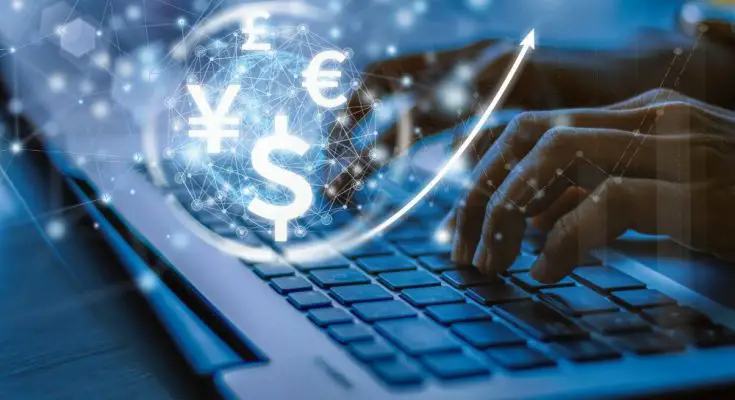The digital revolution continues to unveil innovative payment methods prioritizing comfort and convenience thanks to certain impactful events. Merchants are now looking at ways to appear more accessible to the public by providing different payment methods to influence consumer behavior.
In this article, you’ll learn about four payment methods that are shaping the future:
1. Deferred Payments
Deferred payment options offer consumers the right to postpone payments on investments until a later date. Deferred payments influence more flexible transactions between businesses and customers, targeting individuals experiencing financial hardships.
This payment method is standard in education. Students enrolled in higher education can establish a plan to pay back tuition fees over time rather than upfront.
Deferred payments are also in online retail businesses. Customers can pay for large purchases in small amounts through third parties.
2. Digital Wallets
Are physical wallets becoming a vestige of the past? As the digital alternative becomes more popular, you’ll notice the convenience the option brings to everyday transactions. Digital wallets allow consumers to use mobile phones to load and store cards.
You can upload a picture of your debit card into your wallet application on your phone, and you’re ready to use finds almost immediately by tapping on a supporting POS system.
3. Digital Currencies
Digital currency is an emerging alternative to cash. Unlike hard cash, digital currencies are free from a governing body’s authorization, giving you more control to manage your funds.
This currency uses blockchain technology to establish a system of recorded data in a highly secure ledger, making it difficult to hack and change. Blockchain can utilize tokenization to represent digital assets that are easier to transfer from peer to peer. Exploring what tokenization is and why it matters might make you more interested in digital currencies.
4. Open Banking
Also known as “open bank data,” this practice covers consumer financials and protects an individual’s access to their money. For instance, if someone wishes to connect a budgeting app to their bank account, they will give authorization to that third party to view their statement.
One of the most significant benefits of open banking is its ability to process payments and data through a secure network. It also protects businesses and customers.
In an evolving age, these payment methods shape the future of businesses to connect with consumers by enhancing their shopping experience.



